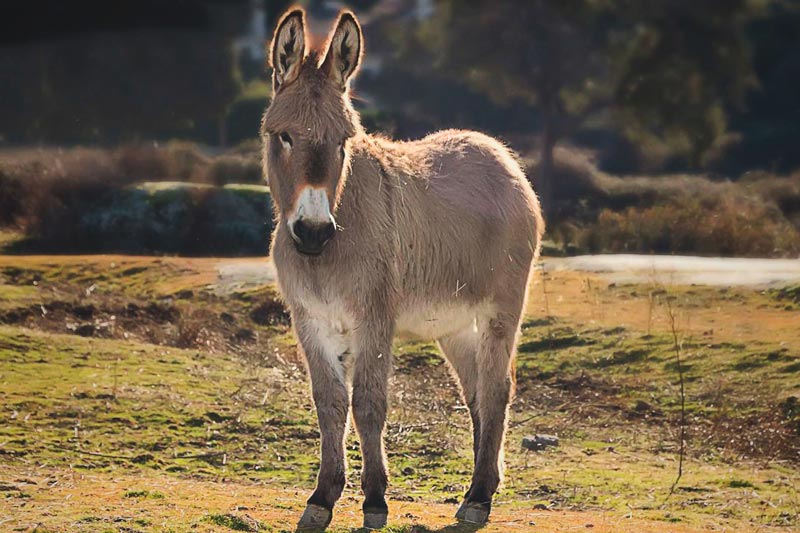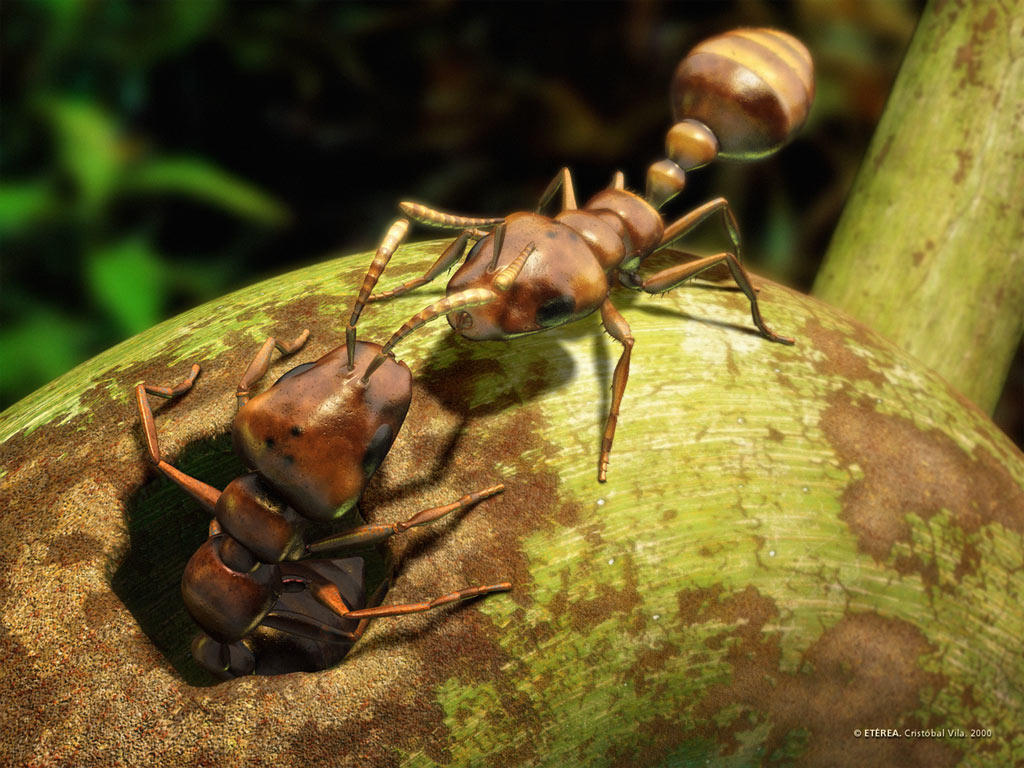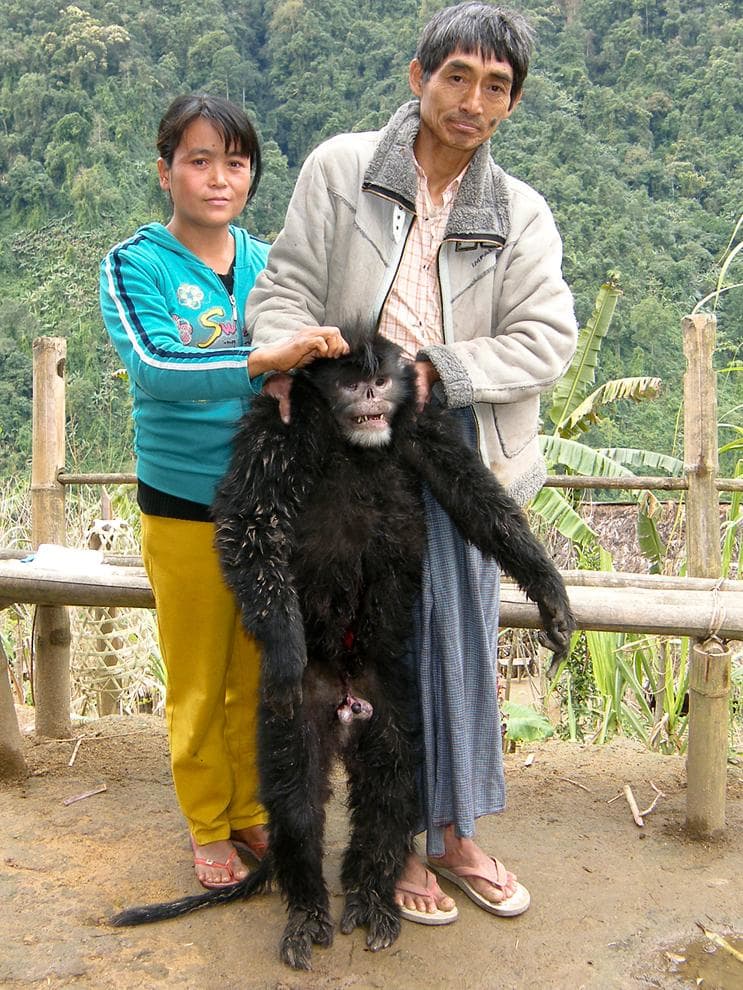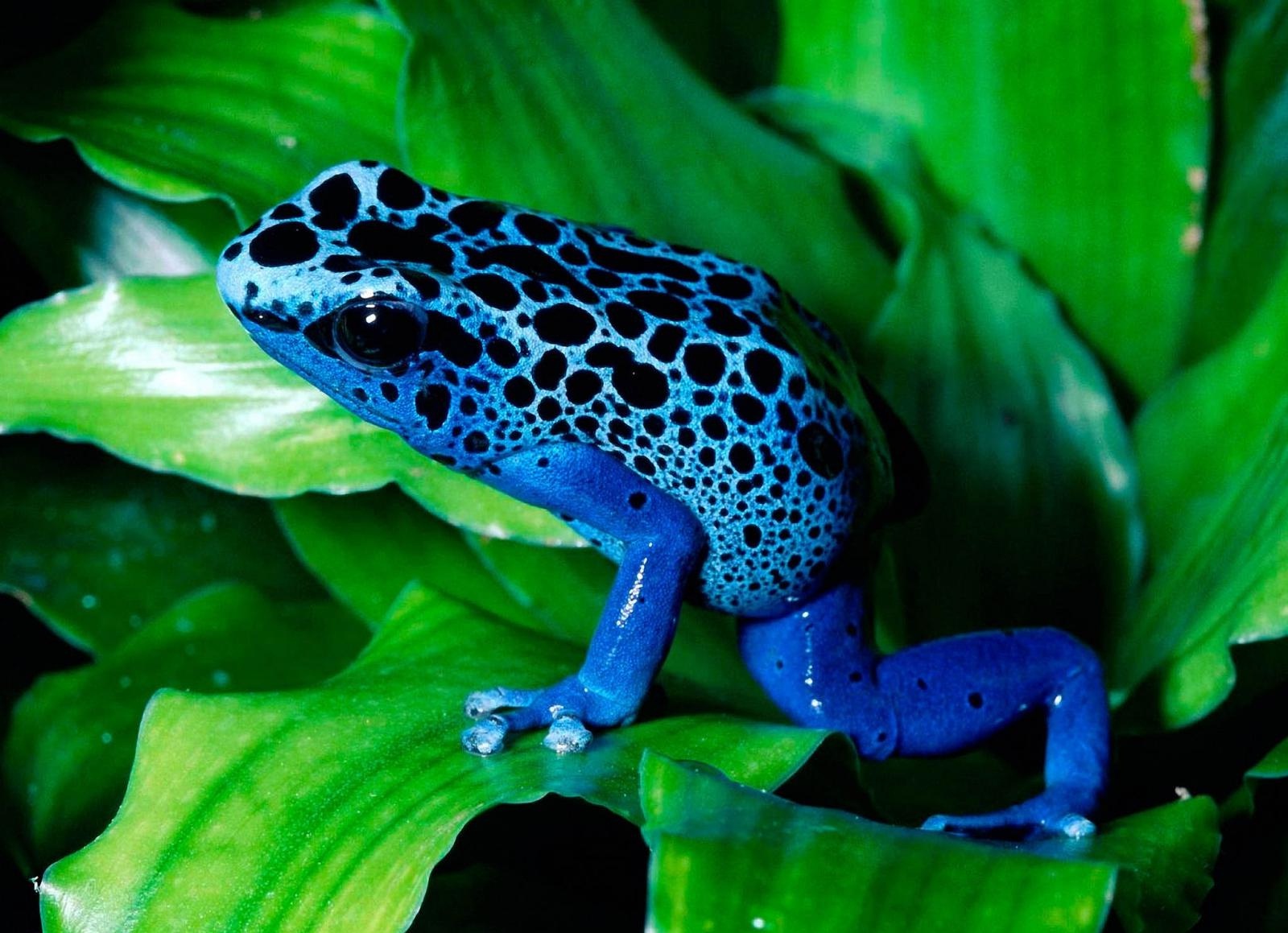
Today we are going to talk about one of those curiosities… and once again we have flamingos as protagonists. But this time not because of its striking and beautiful pink color, which we already told you about in this post a few weeks ago. Today we are going to talk about its peak.
Have you ever noticed the beaks of flamingos? If the answer to our question is yes, you will already have noticed and agree with us that, at the very least, it is very rare.
Curiosities of the animal world: did you know that flamingos have their beaks upside down?
Surprisingly, it seems, these animals have their beaks upside down. A very clear example of evolution…
If you have at any time observed the behavior and movement of pelicans, either live or through documentaries or movies, you will have noticed that their feeding habits are somewhat unique. These animals put their heads in the water and bob their heads back and forth… This behavior is aimed at filtering and collecting their food. Something similar happens with whales.
If you haven’t noticed this detail, we recommend that you pay attention to it the next time you have the opportunity…
This balance that these animals perform helps them to make the water flow in their mouths and acts as a natural strainer to collect food. Don’t you find it fascinating?
But there is more… We must bear in mind that on many occasions the food we are talking about is mollusks, crustaceans or insects; but on other occasions it is food as small as unicellular plants.
In order to filter the food as we are saying, flamingos bend their long necks and position their heads upside down.
As you may have noticed, the vast majority of birds have a smaller lower part of their beaks than the upper part. However, the flamingos’ beaks are positioned upside down, which allows them to feed.
But this is not the only differential point with respect to other birds. Also, most birds have a static upper beak and the one that moves is the lower one. This is not the case with flamingos, which can move the lower and upper part of their beaks independently through ball-and-socket joints.
Don’t you find this evolution in the species fascinating?








